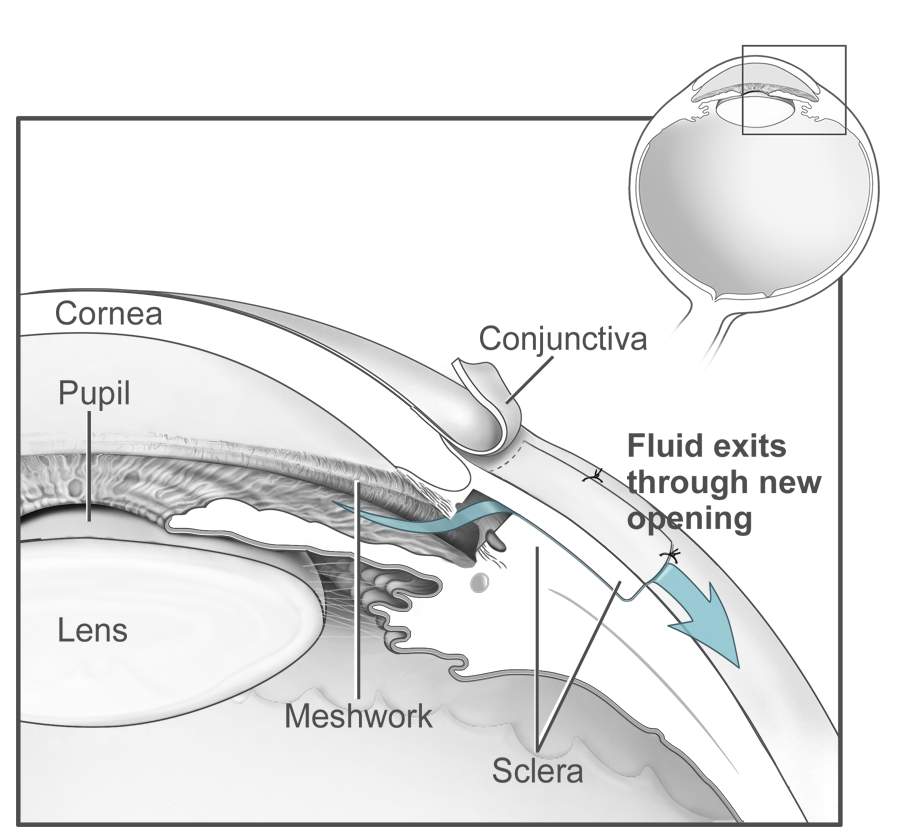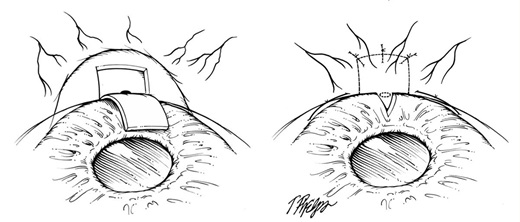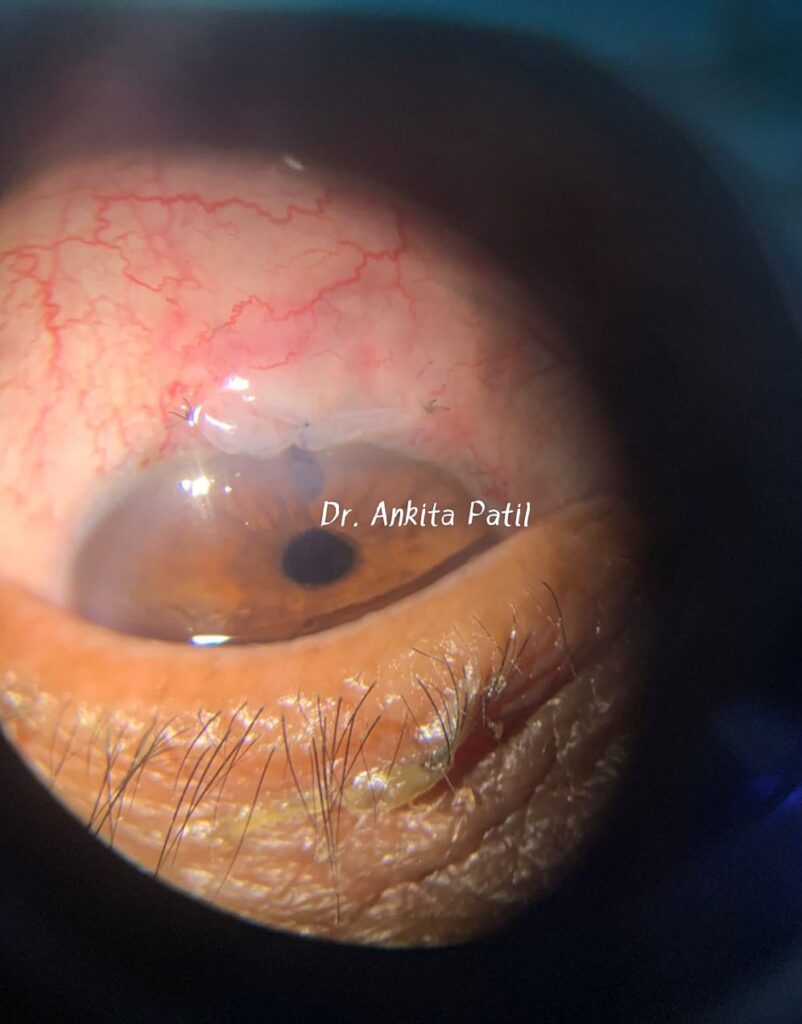Best Trabeculectomy Surgery In D.N Nagar, Andheri, Mumbai
A trabeculectomy is a surgical procedure to treat glaucoma. Glaucoma occurs when the fluid your eye produces, called aqueous humor, is unable to drain normally. This causes the intraocular pressure (IOP) to increase over time, possibly resulting in vision loss or blindness if left untreated. Trabeculectomy lowers the intraocular pressure (IOP) inside your eye. This can slow or stop the vision loss caused by glaucoma. Your doctor may recommend a trabeculectomy if your IOP is unresponsive to standard glaucoma treatments like prescription eye drops or medication. Trabeculectomy is used to create a new channel, or “bleb,” through which fluid can drain from the eye. Restoring the eye’s ability to drain fluid should result in lowered IOP. It won’t cure any glaucoma-related vision loss you might have experienced before the procedure, but it may help to slow or stop progressive vision loss in the future.
How do you prepare for a trabeculectomy?
Before surgery, tell your doctor about your current medications, including blood thinners and eye drops. They may want to you to continue your regular routine until the day of your procedure, but they may also ask you to stop.
During the consultation beforehand, your ophthalmologist will evaluate the affected eye and consider any preexisting conditions in the eye that could cause complications during or after the procedure. Your doctor may also perform a general wellness check to address any possible underlying conditions before the surgery, especially if you’ll be going under general anesthesia.
If the procedure will be done with general anesthesia, your doctor will ask you to fast for 12 hours before the procedure.

How is a trabeculectomy performed?
Your procedure will be completed in the operating room, and it can be done under either local or general anesthesia. If you receive local anesthesia, your eye will be numbed. If given general anesthesia, you’ll be given an IV for sedation. If you’re getting local anesthesia, your doctor may have given you a sedative to take ahead of time to make it easier to relax.
Your eye will be numbed, cleaned, and fitted with a lid speculum to hold it open. Then, you’ll be covered in a drape that exposes nothing but your eye. During the procedure, you’ll know the surgeon is operating, but you shouldn’t be able to feel anything.
Your surgeon will open a bleb in the top of your eye. This will be done beneath your eyelid, so it won’t be visible after the procedure. Once the new drainage site has been created, your surgeon will place sutures near the site that are meant to hold the “flap” over the bleb open, as the site must not reseal during the healing process. Your stitches will not dissolve and will need to be removed by your doctor within about two weeks.
Surgery should last between 45 and 60 minutes. After the procedure, your eye will be patched and shielded until your follow-up appointment with your surgeon the next day.
What are the risks of a trabeculectomy?
While trabeculectomy is considered a safe and effective procedure, there are some risks involved. These include:
- postoperative infection
- drooping eyelid
- double vision
- swelling
- bleeding
- developing a hole near the operation site
- scarring
- low IOP (hypotony)
In severe cases, some people experience:
- hemorrhaging inside the affected eye
- choroidal detachment
- vision loss
- very rarely, loss of the eye itself
Approximately 1 in 250 people experiences choroidal detachment.
Scarring and low IOP are the most common risks of surgery. Low IOP is a risk factor for choroidal detachment. Symptoms include a subtle ache or throb in the affected eye. It can be hard to detect, but your surgeon may be able to correct it by tightening your stitches or adjusting your medication to raise the IOP.
If the bleb heals too quickly or you develop scar tissue that obstructs fluid drainage, your ophthalmologist may need to massage or reopen the site through a process called needling. This outpatient procedure is performed under local anesthesia and may be safely repeated as necessary. You may also receive injections of steroids in the eye and medications that slow the healing process.
What’s the success rate of a trabeculectomy?
Long-term, trabeculectomy has been proven to have a high success rate. It’s estimated that 90 percent were successful, with two-thirds of individuals no longer needing medication to control the condition afterward.
Approximately 10–12 percent of people who receive a trabeculectomy will require a repeat procedure. Research indicates that about 20 percent of trabeculectomy procedures don’t control IOP longer than 12 months, and 2 percent of procedures fail every year after that time frame. People who have the highest riskTrusted Source for this include those who have artificial lenses and those whose blebs become encapsulated.
Recovering from a trabeculectomy
After surgery, immediate side effects include discomfort and blurry vision in the affected eye. The blurring may last for up to two weeks, but it can take up to 12 weeks for your eye to feel normal and see normally again. Your surgical site and stitches will be sore, but the soreness should improve once the stitches are removed.
For the first two weeks after the procedure, you’ll sleep with a protective shield over your eye while the surgical site heals to prevent it from being injured during the night. After that, your surgeon will remove your stitches in-office. Your eye will be numbed with drops for their removal.
You’ll have regular follow-ups to check on healing and progress, and to monitor the IOP in the affected eye. After the postoperative period has passed, many people who had the surgery no longer require eye drops. Your ophthalmologist will advise you on whether you’ll need to continue any additional glaucoma medications.
For two to three months after surgery, you’ll have to follow a strict routine of applying prescription antibiotic and steroid eye drops throughout the day. Your doctor will have you stop using your regular glaucoma medications in the affected eye after surgery.
You should avoid strenuous activity including sports, swimming, and high-impact exercise while you recover. Additionally, you should avoid any activities that require inversion, bowing, or bending, like yoga. Lowering your head could cause extreme pain in the affected eye. Activities like reading and watching TV are safe. Consult your ophthalmologist to find out when it’s appropriate for you to resume regular activities.
Depending on your job and the industry you work in, you may also need to consult your doctor regarding when you go back to work. Two weeks may be an appropriate recovery period for office workers. People whose work involves more manual labor may need longer before returning.

What is Trabeculectomy Surgery for Glaucoma?

Bleb Formation after Trabeculectomy Surgery
Trabeculectomy is a standard surgery for glaucoma that lowers pressure inside the eye when medical treatments or laser surgery have failed to bring the eye pressure low enough. In this operation, a small hole is made in the wall of the eye, and a “trapdoor” or “flap” is created over this hole to allow fluid to escape the eye in a controlled fashion. The fluid is shunted from inside the eye, bypassing the obstructed trabecular meshwork, through the small hole and “trapdoor,” while remaining underneath the outer clear membrane of the eye (conjunctiva). This forms a small blister or “bleb” underneath the upper eyelid. Normally, no one will be able to see the “bleb” just by looking at the eyes.
Trabeculectomy is a very delicate operation that requires an operating room, local anesthesia of the eye, an anesthesiologist, and about an hour of operating time. It is successful about 60-80 percent of the time in controlling the eye pressure during a period of five years.
After the surgery, patients will typically stop using any glaucoma medications that were previously prescribed, and then begin a regimen of antibiotic and steroid eye drops to prevent infection and control inflammation. When successful, trabeculectomy is very effective at lowering eye pressure and is considered one of our “gold standard” procedures, especially for patients with moderate to advanced glaucoma.
